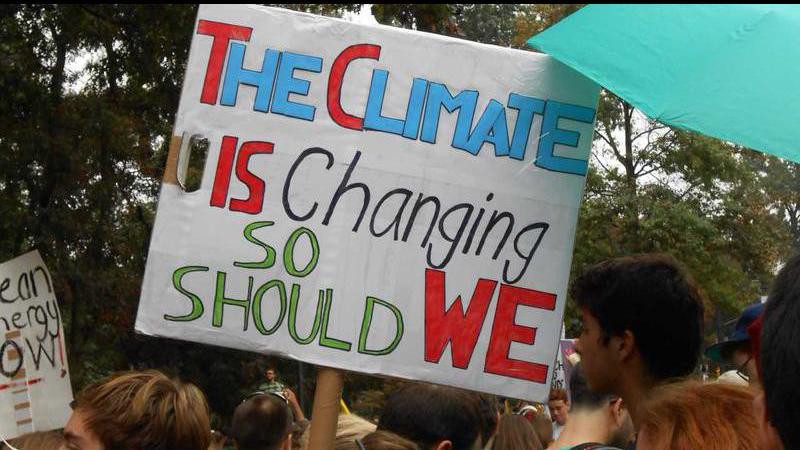
Open letter asks Kamloops council not to change direction on climate funding
KAMLOOPS — An open letter has garnered over 200 signatures from residents to encourage Kamloops council to stick to its plan for climate action and not reduce funding.
The letter stems from an agenda item ahead of Kamloops’ committee of the whole meeting Tuesday (Feb. 20) afternoon that recommends council to choose one of three funding options for the City of Kamloops Climate Action Levy.
The options including keeping the status quo funding at 0.35 per cent taxation in the 2024 budget, reducing the funding by half in 2024 and then resuming normal funding in 2025 or not committing funding at all in 2024 and deferring the normal contribution to 2025.
The open letter to Kamloops council reads:


